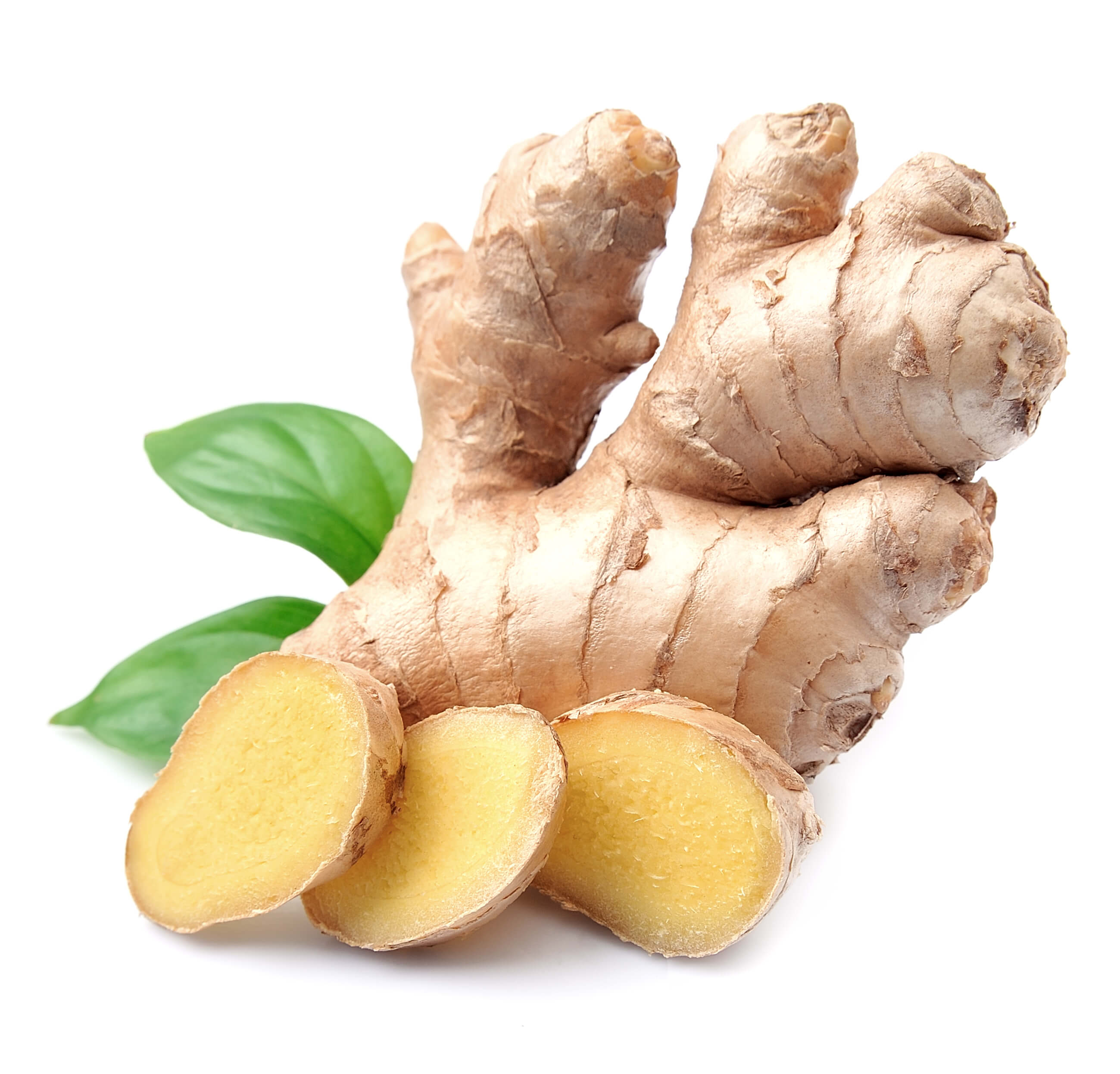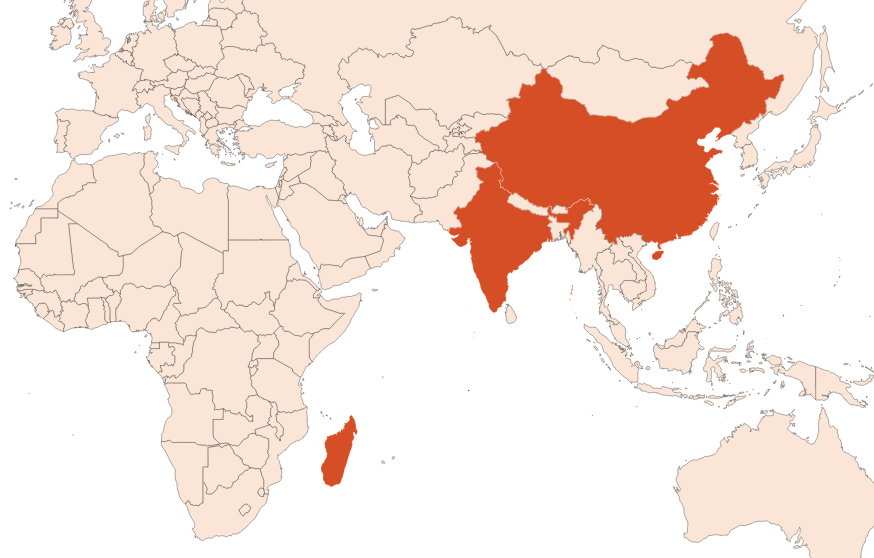Ginger EO
Naturelle
Spicy > Cool Spices > Zesty > Agrestic

Crédits photo: ScenTree SAS
Latin name :
Zingiber officinale
Botanical profile :
Ginger is a plant of the Zingiberaceae family and the genus Zingiber.
Geographic origin :
Originally from India, ginger is mainly cultivated in this country as well as in China. These are the two main producers in the world. Cultures can also be found in Jamaica as well as in West Africa such as Nigeria and Sierra Leone.
Chemotypes :
Other ginger species in addition to Zingiber officinale exist:
White ginger (Zingiber zerumbet) is native to Southeast Asia and has a zerumbone essential oil.
Brown ginger (Zingiber cassumunar) is native to Java and cultivated in tropical Asia.
Ginger mioga (Zingiber mioga) is native to Japan and has the smell of bergamot.
White ginger (Zingiber zerumbet) is native to Southeast Asia and has a zerumbone essential oil.
Brown ginger (Zingiber cassumunar) is native to Java and cultivated in tropical Asia.
Ginger mioga (Zingiber mioga) is native to Japan and has the smell of bergamot.
Extraction process :
The cultivation of ginger is made from October to January on a moist and well-drained soil. This plant has a rhizome with buds that gives rise to leafy stems. Once cleaned, pulverized and dried for about two weeks, the rhizomes can be milled and extracted by hydrodistillation - a pale yellow essential oil is obtained with a yield of about 1.5 to 3% - or volatile solvents - a semi-solid viscous resinoid is obtained with a yield between 4 and 10%.
Major Components :
Zingiberene (15-25%)
Arylcurcumene (≈8%)
Alpha-Farnesene (≈7%)
Beta-SesquiPhellandrene (≈7%)
Citral (≈3%)
Curcumene
Bisabolene
Plotter(s) : Zingibirene
Arylcurcumene (≈8%)
Alpha-Farnesene (≈7%)
Beta-SesquiPhellandrene (≈7%)
Citral (≈3%)
Curcumene
Bisabolene
Plotter(s) : Zingibirene
- Uses in perfumery :
- Used in spicy, citrus and warm notes for a deep effect.
- Other comments :
- Ginger can be found throughout Asia, as well as in other tropical and subtropical regions of the globe (Jamaica and Australia in particular).
Mainly known for its culinary taste (it represents 5 to 6% of the world consumption of spices), ginger is also widely used in perfumery. - Volatility :
- Heart
- Appearance :
- Pale yellow liquid
- Stability :
- Solubility issues in perfumes
Aldehydes can form diethylacetals in stability tests, without modifying the raw material’s smell
The terpenes identified in this raw material can polymerize when they are oxidized - Price Range :
- €€€
- Aromatherapy :
Informations provided below are taken from reference works in aromatherapy. They are given for information purposes only and can not constitute medical information, nor engage the responsibility of ScenTree.
Ginger is renowned for its carminative (allows the evacuation of intestinal gas), aphrodisiac and analgesic (against migraines) virtues and is recommended in cases of constipation, impotence and rheumatism.

Crédits photo: ScenTree SAS
- EINECS number :
- 616-904-9
- FEMA number :
- 2522
- Allergens :
- Citral
- IFRA :
- This ingredient is not restricted
To learn more about IFRA's standards : https://ifrafragrance.org/safe-use/library
ScenTree is solely responsible for the information provided here.





